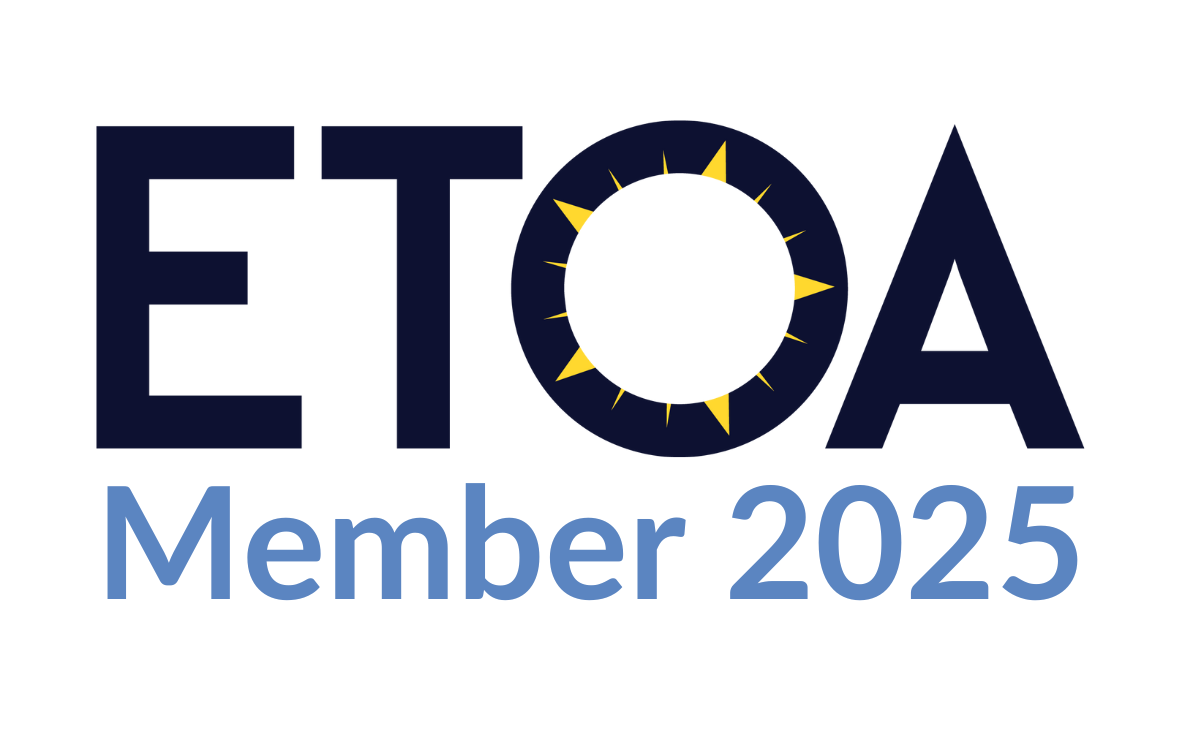What will you see in this tour? Two beautiful National Parks in Western Romania.
Spectacular landscapes: limestone environments covered with exotic sub-Mediterranean biotopes and chains of glacier ridges with alpine shrubs and high altitude mountain lakes. Mehedinti Mountains are included in the “Domogled – Valea Cernei” National Park, which represents one of the regions with the highest degree of naturalness in Romania.
Being located especially in mountainous areas, with Danube River as a side element, embracing a richest geological composition – a mixture of volcanic failure line (Cerna valley), surrounded by limestone steep massifs, with sub-Mediterranean climatic influences, the habitats developed in this area are unique in Romania. Among 4000 plants' species, 28 are endemic species and 14 of those are found only at this location.
The main feature of Mehedinti Mountains is done by the karstic composition (shallow and deep forms) as gorges, passes, sinks or caves which together with the particular vegetation create the impression of a wild and desert landscape. The various shallow-karst and deep-karst forms (gorges, caves, limestone pavements, pot holes, etc.) add to the biodiversity of the biotic cover.
Retezat Mountains are the oldest Romanian national park, being established by law in 1935. The park has a surface of 38,047 ha, out of which 1,800 ha have been declared as strictly protected area. The Man and Biosphere Program of UNESCO recognized the universal value of the park in 1979 through its inclusion in the international network of biosphere reserves.
The configuration is mainly alpine with many peaks at over 2000m. In the lower part of the park there are deep narrow valleys, while the higher parts consist of glacial plateaus with over 80 glacier lakes. The largest single area of pristine mixed forest in Europe covers the lower levels of the strictly protected area. Viable populations of large mammals, including brown bears, wolves, lynx, wildcat, wild boar, roe and red deer, then chamois populate the area, together with a large number of small carnivores including at least 8 species of mustelidae (badger, otter etc.) The birds include many upland species such as Golden Eagle and Eagle Owl, Water Pipit, Wallcreeper and Alpine Accentor.
The grade of the tour is ranked as “normal hiking” – T2 from Swiss Alpine Club: apparent good hiking and good walk-way. Partly steep. Possible danger of falling hiking shoes recommended. A little slip resistance required. Basic orientation skills.
Departures: March - November
Duration: 5 days / 4 nights
PRIVATE TOUR: by car / minivan
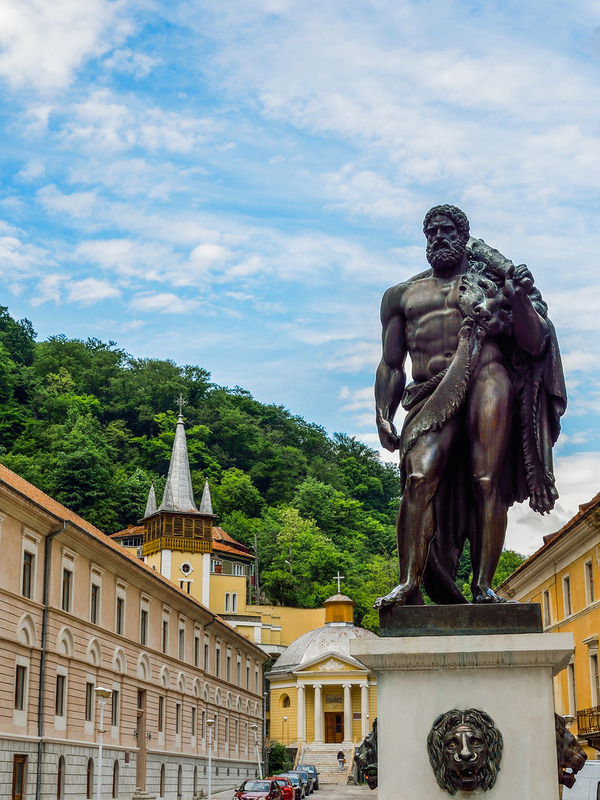
The highlights of the first day, as we arrive in the area coming from Bucharest:
We will stop to see the Iron Gates dam and the large reservoir created upstream Danube River. Built in the 70’s, this is the biggest Romanian hydropower system that brought the Danube defile to a new stage as regard the structure and dynamics of the landscape.
Arrive at Baile Herculane; the resort is situated along the Cerna valley, having a picturesque background, between the Mehedinti Mountains (east) and the Cernei Mountains (west). Its present name, as well as that used by the Romans - Ad aquas Herculi sacras, derives from the legend in which Hercules cured his wounds made by the Hydra of Lerna, by bathing there. Unearthed stone carvings show that visiting Roman aristocrats turned the town into a Roman leisure center. Six statues of Hercules from the time have been discovered. The therapeutic value of the resort's springs and climate have been known since ancient times and turned to good account from the 15th century. In modern times, the spa town has been visited for its natural healing properties: hot springs with sulfur, chlorine, sodium, calcium, magnesium and other minerals, as well as negatively ionized air (records indicated the same values as for a location at 3000m altitude).
A quick tour through the resort and accommodation in 3* hotel.
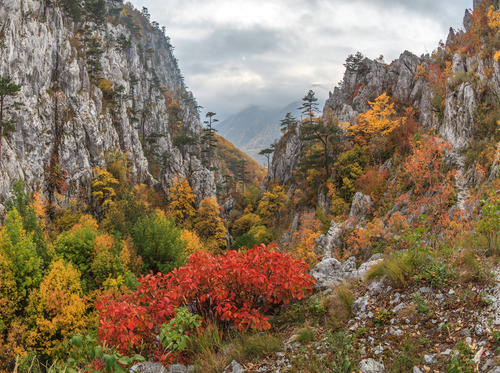
We leave Herculane and walk on the trail that ascends in the forest, then goes between the rocky peaks of Domogled Mountain. After two hours we reach the superior plateau sprinkled with meadows and limestone karstic forms. The route follows the winding trail between the highest peaks slowly uphill and downhill. Close to the end of the day we leave the plateau and take the spectacular Tasna valley, where we can see a panorama of the whole valley descending abruptly to Cerna river. The river course accompanies us as we go back to Baile Herculane for the evening.
Accommodation in the same 3* hotel.
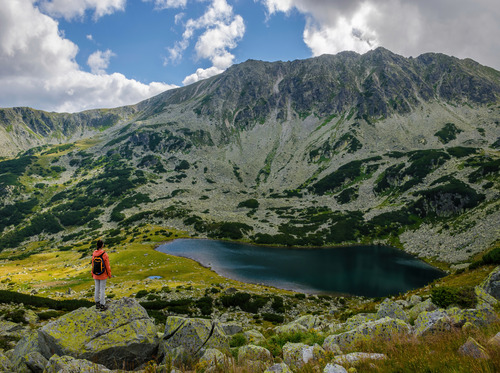
In the morning, we first drive upstream Cerna valley following a spectacular and wild narrow road. On the way, we see the intricate Corcoaia Canyon and karstic peaks escort us and then a big reservoir mirrors the dense forest, as we see the Cerna Lake. In the afternoon we reach the southern slopes of Retezat Mountains. It is the moment to leave the car and take the trail that goes uphill for a little adventure.
Accommodation in 2* mountain chalet.
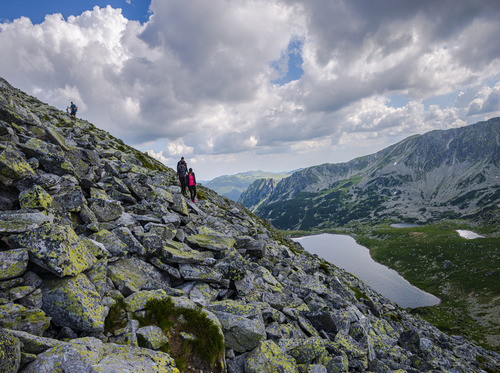
The day is quite difficult because of the big degree of height climbed, the main ridge with peaks over at 2300-2500 m will challenge you.
The route introduces us in the wonderful world of Retezat Mountains up to the highest peaks. We hike on Peleaga Mountain, fashioned by glaciers who modeled the unmistakable “U” shape of the valleys unfold to us; the glacier circus presents crystalline and cold lakes that have a layer of mountain flowers on the shores.
From here we take one tributary of the main river, Bucura valley uphill to the top. Several glacier lakes having girl names as Lia, Ana, Viorica, Florica make us to take few breaks on the way to the summit and enjoy the wild scenery. We pass nearby the biggest glacier lake from Romania, Bucura Lake, with a surface of 9 ha and then a final steep ascent takes us on the highest top of Retezat Mounatins, Peleaga peak at 2509 m. From here we have a spectacular 360 degrees panoramic view over the entire complex of mountains. The trail continues then with few uphill and downhill variations following the summit ridge to East and South; we are going round Peleaga glacier valley, then downhill gradually until we arrive back at the chalet.
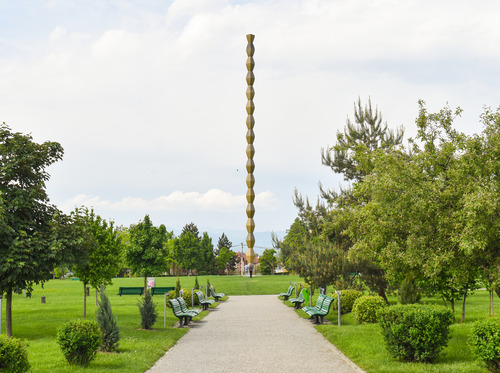
We start going downhill to Jiu river. Then we continue the program driving to Bucharest. On the way to the capital of Romania we do few breaks in order to visit interesting landmarks such:
Tg. Jiu town: Brancusi monumental sculptures. His creation talks about magic, myths, folklore and exotic cultures who all forms a particular contrast with the vanguard tendencies of his times. The Table of Silence, The Kiss Gate and the Endless Column are three sculptural components which constitute homage to the hero soldiers fallen during the First World War;
Horezu Monastery, founded in 1690 by Prince Constantin Brancoveanu It is considered to be a masterpiece of "Brancoveanu style", known for its architectural purity and balance, the richness of its sculpted detail, its treatment of religious compositions, its votive portraits and its painted decorative works.
We reach Bucharest in the evening. End of tour.
From 790 EUR/pers
*contact us for a personalized quotation
- Professional guide assistance, English speaking (or other languages upon request), during the whole trip;
- Transport by private modern AC car/mini-van (fuel and parking fees incl) during the whole trip;
- Airport pick-up, drop-off;
- 4 nights accommodation with breakfast at 3* hotel and mountain chalet.
- Meals, other than those mentioned in the itinerary;
- Other expenses (such as souvenirs, room service and so on);
- Entrance fees for attractions.

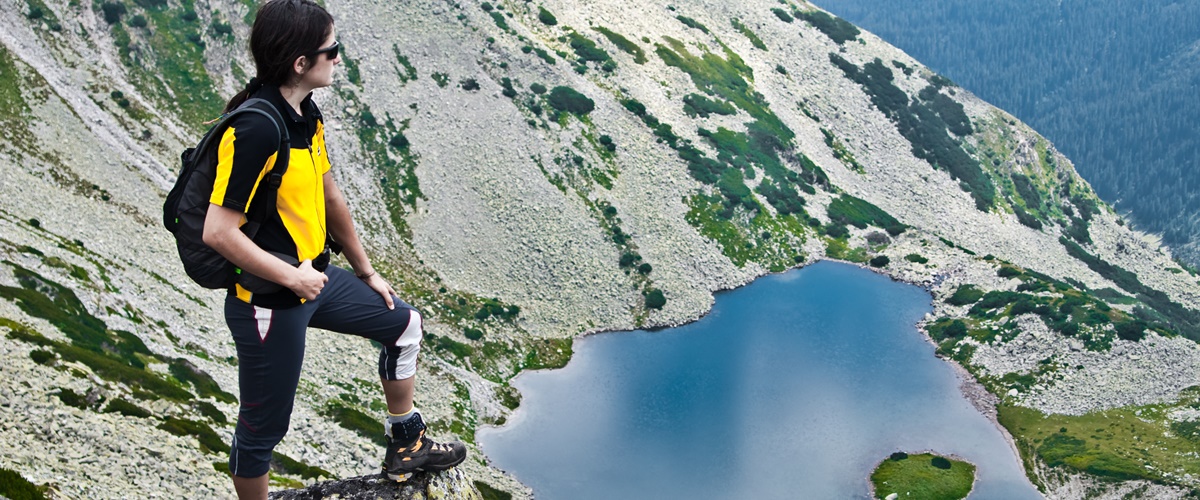



.png)


